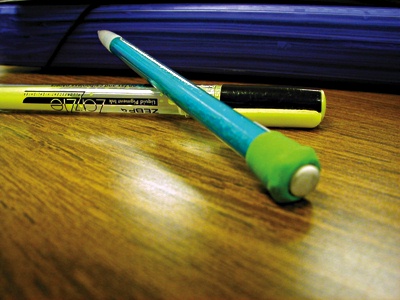All Nonfiction
- Bullying
- Books
- Academic
- Author Interviews
- Celebrity interviews
- College Articles
- College Essays
- Educator of the Year
- Heroes
- Interviews
- Memoir
- Personal Experience
- Sports
- Travel & Culture
All Opinions
- Bullying
- Current Events / Politics
- Discrimination
- Drugs / Alcohol / Smoking
- Entertainment / Celebrities
- Environment
- Love / Relationships
- Movies / Music / TV
- Pop Culture / Trends
- School / College
- Social Issues / Civics
- Spirituality / Religion
- Sports / Hobbies
All Hot Topics
- Bullying
- Community Service
- Environment
- Health
- Letters to the Editor
- Pride & Prejudice
- What Matters
- Back
Summer Guide
- Program Links
- Program Reviews
- Back
College Guide
- College Links
- College Reviews
- College Essays
- College Articles
- Back
The Potential Of Mathematics Skills
The easiest and clearest way to describe the potential of mathematic skill is to show what the term "potential" really means. The quickest way to describe this is saying that this is the highest skill level you can achieve. But it can also be interpreted as the highest reach of a certain skill in the unconscious realm. By that I mean a person can never really know their highest true potential. Knowing your highest potential consciously is ,in essence, destroying the base ground for improvement. Human nature makes us prone to the enhancement to ourselves. Showing that you are, in fact, going to reach a point at which you can no longer improve, the continuum of enhancement is stopped dead in it's tracks
Now that we are fully aware of the status of potential, lets move on to the other idea. Math. It's effects are everywhere around us, it's successes and failures. One large effect and success is that of music. It doesn't matter whether it's rap, pop, country or classical. The whole entity of the subject is illustrated constantly everyday. It is often said that music is a universal language, this is absolutely true. The same sheet of music can be handed to an American and a Russian. Both will (with the same and proper amount of skill) will be able to play it easily. The actual reality of the situation is that music is the apotheosis of math.
The first hold between the two is key signature. These are the two numbers that are the the beginning of every piece. The lower number is a representation of how much your divide by one to get the general note length. The top number is showing how many of the notes (lengths illustrated in bottom number) are in each of the measures. You can't honestly think of that and not somehow compare it to math. That particular part of music can be associated with percentages and fractions.
Another example of how math is easily and fully incorporated into music is by tempo. In music, tempo is the speed you play the music, but don't be fooled by it's seeming innocence. The way tempo is represented in a music piece is by an illustrated note = a certain number. First of all, the note that is illustrated in the tempo sidebar is very important. It is part of the earlier mentioned percentages. As I originally stated, the bottom number is a representation of how much you decide by one to get the general note length. For instance, if the key signature is 3/4 than the note that (by our knowledge of the top note) will be repeated three times is a quarter note. You can be sure of this because of the fact that one whole measure can be shown with the number 1. The bottom number (4) is there fore equal to 1/4 of a 4/4. 1/4 is a quarter note, making it a quarter of the measure. Note that in 3/4, a quarter note is equal to 1/3 of the measure. If we relate this back to tempo, the note illustrated means a lot. If the notes is a quarter note equal to 100 than it is a fairly medium speed. It can be said that there are 100 beats per minute, but if that note was an eight note ___, then it would sound drastically different. It would undoubtedly be slower (to be precise, 1/16th slower).
To make a rather odd but true statement, here I must say that math is also referred to as a universal language. This shows irreversibly that math and music will always be directly related.

Similar Articles
JOIN THE DISCUSSION
This article has 0 comments.
